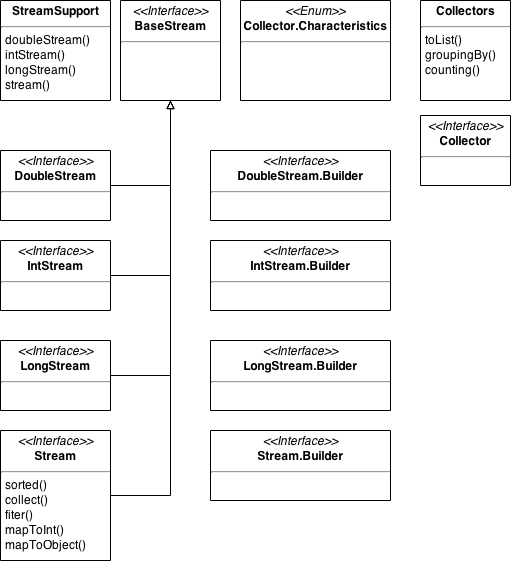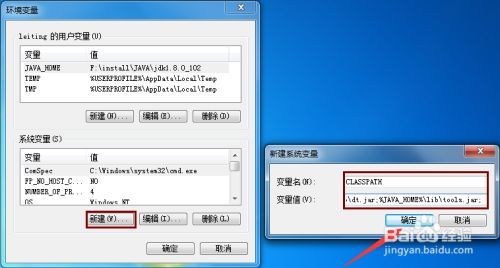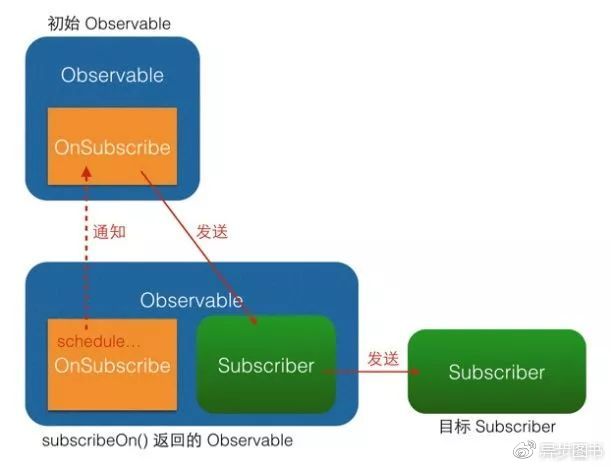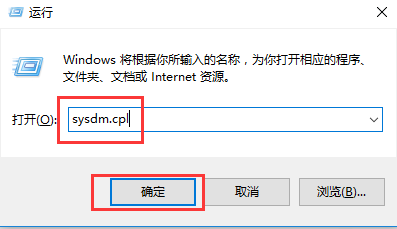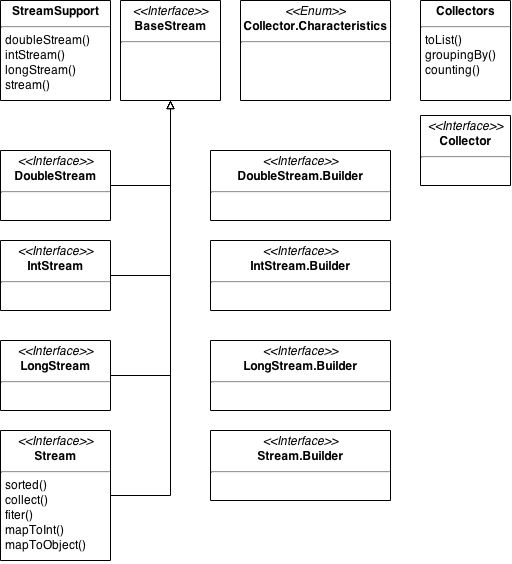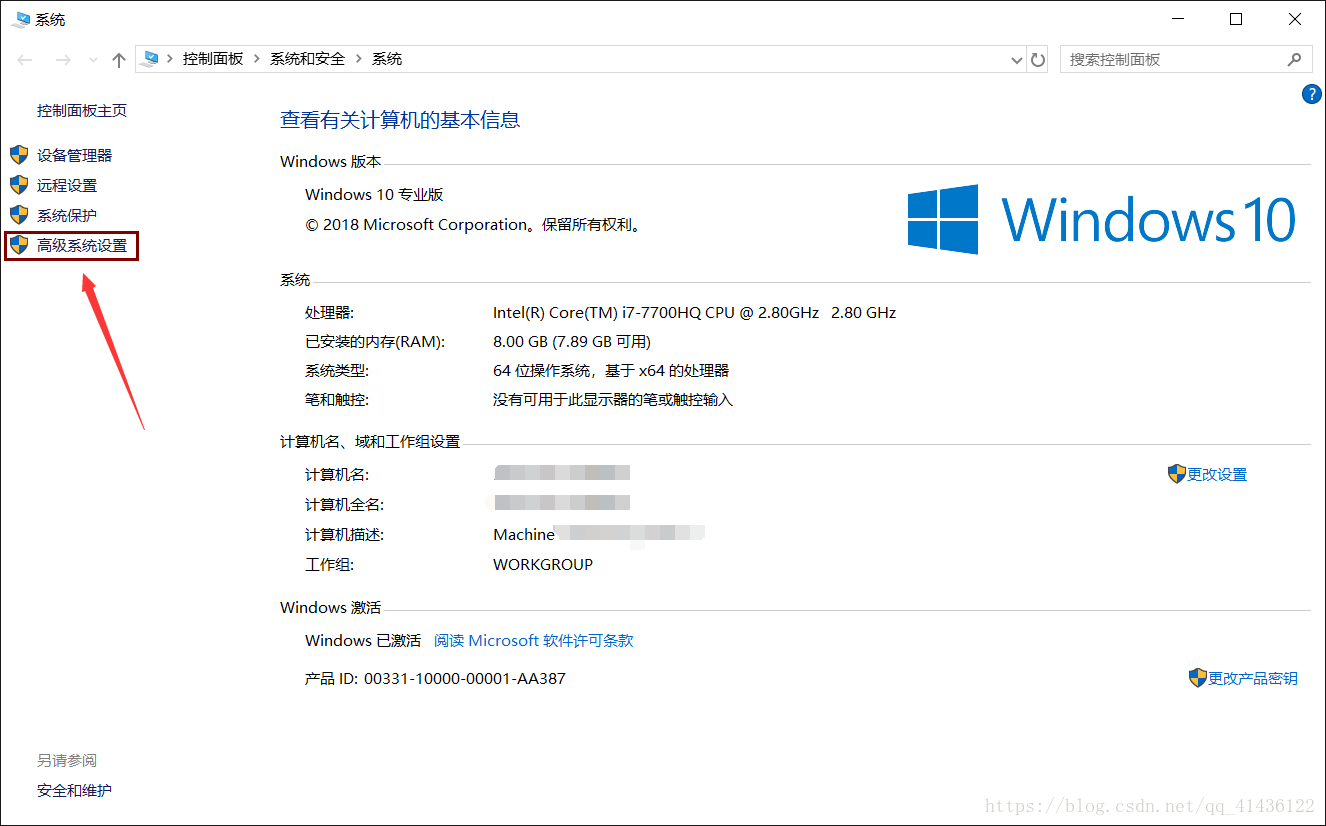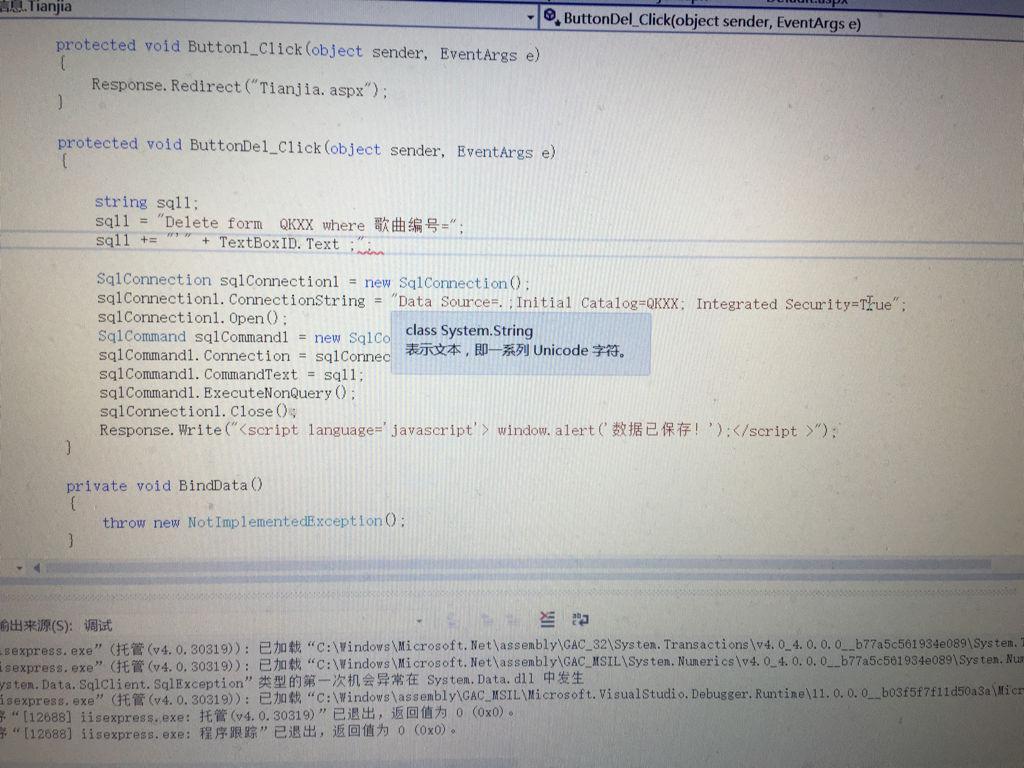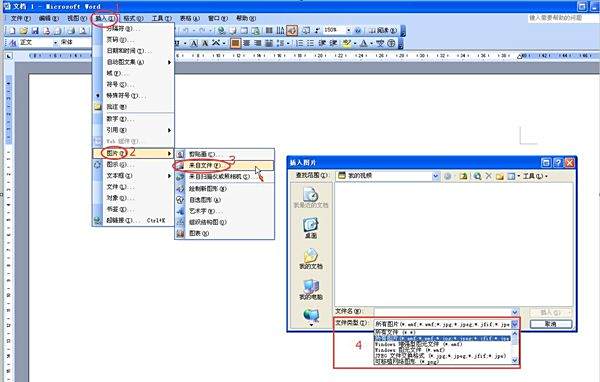java中怎么获取服务器的ip
- 后端开发
- 2025-09-02
- 5
Java中,可以通过`InetAddress.getLocalHost().
Java中获取服务器的IP地址是一个常见的需求,尤其是在网络编程和分布式系统中,以下是几种常用的方法来获取服务器的IP地址,并附带详细的解释和代码示例。
使用 InetAddress 类
InetAddress 是Java标准库中的一个类,用于表示IP地址,你可以通过它来获取本地主机的IP地址。
import java.net.InetAddress;
import java.net.UnknownHostException;
public class ServerIPExample {
public static void main(String[] args) {
try {
InetAddress inetAddress = InetAddress.getLocalHost();
String ipAddress = inetAddress.getHostAddress();
System.out.println("Server IP Address: " + ipAddress);
} catch (UnknownHostException e) {
e.printStackTrace();
}
}
}
解释:
InetAddress.getLocalHost()返回本地主机的IP地址。getHostAddress()方法返回IP地址的字符串表示。
使用 NetworkInterface 类
NetworkInterface 类提供了更底层的网络接口信息,你可以遍历所有的网络接口来获取IP地址。
import java.net.InetAddress;
import java.net.NetworkInterface;
import java.net.SocketException;
import java.util.Enumeration;
public class ServerIPExample {
public static void main(String[] args) {
try {
Enumeration<NetworkInterface> networkInterfaces = NetworkInterface.getNetworkInterfaces();
while (networkInterfaces.hasMoreElements()) {
NetworkInterface networkInterface = networkInterfaces.nextElement();
Enumeration<InetAddress> inetAddresses = networkInterface.getInetAddresses();
while (inetAddresses.hasMoreElements()) {
InetAddress inetAddress = inetAddresses.nextElement();
if (!inetAddress.isLoopbackAddress() && inetAddress.isSiteLocalAddress()) {
System.out.println("Server IP Address: " + inetAddress.getHostAddress());
}
}
}
} catch (SocketException e) {
e.printStackTrace();
}
}
}
解释:
NetworkInterface.getNetworkInterfaces()返回所有网络接口的枚举。getInetAddresses()返回该网络接口的所有IP地址。isLoopbackAddress()用于排除回环地址(如127.0.0.1)。isSiteLocalAddress()用于过滤出局域网地址。
使用 HttpServletRequest 类(适用于Web应用)
如果你在Web应用中,可以通过 HttpServletRequest 对象来获取客户端的IP地址,但这通常用于获取客户端IP,而不是服务器IP,你可以通过它来获取服务器的IP地址。
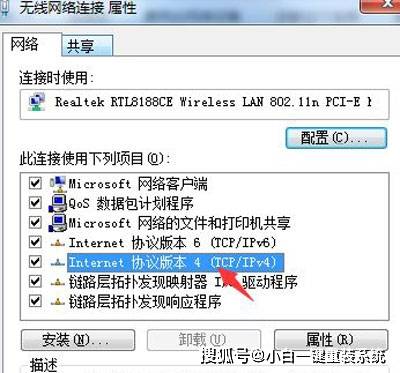
import javax.servlet.http.HttpServletRequest;
public class ServerIPExample {
public static String getServerIP(HttpServletRequest request) {
String ipAddress = request.getHeader("X-FORWARDED-FOR");
if (ipAddress == null || ipAddress.isEmpty()) {
ipAddress = request.getRemoteAddr();
}
return ipAddress;
}
}
解释:
request.getHeader("X-FORWARDED-FOR")用于获取通过代理服务器的客户端IP。request.getRemoteAddr()返回客户端的IP地址。
使用第三方库(如Apache Commons Net)
如果你需要更复杂的网络操作,可以使用第三方库,如Apache Commons Net。
import org.apache.commons.net.util.SubnetUtils;
public class ServerIPExample {
public static void main(String[] args) {
String ipAddress = "192.168.1.1"; // 假设这是你的服务器IP
SubnetUtils subnetUtils = new SubnetUtils(ipAddress);
subnetUtils.setIpAddress(ipAddress);
System.out.println("Server IP Address: " + subnetUtils.getIpAddress());
}
}
解释:
SubnetUtils类可以处理IP地址和子网掩码。setIpAddress()方法设置IP地址。getIpAddress()方法返回IP地址。
使用命令行工具(适用于Linux/Unix系统)
在某些情况下,你可能需要通过命令行工具来获取服务器的IP地址,使用 ifconfig 或 ip 命令。
import java.io.BufferedReader;
import java.io.InputStreamReader;
import java.util.regex.Matcher;
import java.util.regex.Pattern;
public class ServerIPExample {
public static void main(String[] args) {
try {
Process process = Runtime.getRuntime().exec("ifconfig");
BufferedReader reader = new BufferedReader(new InputStreamReader(process.getInputStream()));
String line;
Pattern pattern = Pattern.compile("inet\s+([\d.]+)");
while ((line = reader.readLine()) != null) {
Matcher matcher = pattern.matcher(line);
if (matcher.find()) {
System.out.println("Server IP Address: " + matcher.group(1));
}
}
} catch (Exception e) {
e.printStackTrace();
}
}
}
解释:
Runtime.getRuntime().exec("ifconfig")执行ifconfig命令。BufferedReader读取命令输出。- 正则表达式
inet\s+([\d.]+)匹配IP地址。
使用Docker容器中的IP地址
如果你的应用运行在Docker容器中,你可能需要获取容器的IP地址。
import java.net.InetAddress;
import java.net.UnknownHostException;
public class ServerIPExample {
public static void main(String[] args) {
try {
InetAddress inetAddress = InetAddress.getByName("host.docker.internal");
String ipAddress = inetAddress.getHostAddress();
System.out.println("Server IP Address: " + ipAddress);
} catch (UnknownHostException e) {
e.printStackTrace();
}
}
}
解释:
InetAddress.getByName("host.docker.internal")获取Docker容器的IP地址。getHostAddress()返回IP地址的字符串表示。
使用Kubernetes集群中的IP地址
如果你的应用运行在Kubernetes集群中,你可能需要获取Pod的IP地址。
import java.net.InetAddress;
import java.net.UnknownHostException;
public class ServerIPExample {
public static void main(String[] args) {
try {
InetAddress inetAddress = InetAddress.getByName("kubernetes.default.svc.cluster.local");
String ipAddress = inetAddress.getHostAddress();
System.out.println("Server IP Address: " + ipAddress);
} catch (UnknownHostException e) {
e.printStackTrace();
}
}
}
解释:
InetAddress.getByName("kubernetes.default.svc.cluster.local")获取Kubernetes集群的IP地址。getHostAddress()返回IP地址的字符串表示。
使用云服务提供的元数据API(如AWS、Azure、GCP)
如果你的应用部署在云服务上,你可以使用云服务提供的元数据API来获取实例的IP地址。
import java.io.BufferedReader;
import java.io.InputStreamReader;
import java.net.HttpURLConnection;
import java.net.URL;
public class ServerIPExample {
public static void main(String[] args) {
try {
URL url = new URL("http://169.254.169.254/latest/meta-data/local-ipv4");
HttpURLConnection connection = (HttpURLConnection) url.openConnection();
connection.setRequestMethod("GET");
BufferedReader reader = new BufferedReader(new InputStreamReader(connection.getInputStream()));
String ipAddress = reader.readLine();
System.out.println("Server IP Address: " + ipAddress);
} catch (Exception e) {
e.printStackTrace();
}
}
}
解释:
URL对象指向云服务的元数据API。HttpURLConnection发送GET请求。BufferedReader读取响应内容,即实例的IP地址。
使用Spring Boot的 Environment 对象
如果你使用Spring Boot,可以通过 Environment 对象来获取配置的IP地址。
import org.springframework.beans.factory.annotation.Autowired;
import org.springframework.core.env.Environment;
import org.springframework.stereotype.Component;
@Component
public class ServerIPExample {
@Autowired
private Environment env;
public void printServerIP() {
String ipAddress = env.getProperty("server.ip");
System.out.println("Server IP Address: " + ipAddress);
}
}
解释:
Environment对象提供对配置属性的访问。env.getProperty("server.ip")获取配置的IP地址。
使用配置文件(如application.properties)
你可以在配置文件中指定服务器的IP地址,然后在代码中读取。
# application.properties server.ip=192.168.1.100
import org.springframework.beans.factory.annotation.Value;
import org.springframework.stereotype.Component;
@Component
public class ServerIPExample {
@Value("${server.ip}")
private String ipAddress;
public void printServerIP() {
System.out.println("Server IP Address: " + ipAddress);
}
}
解释:
@Value("${server.ip}")注解从配置文件中读取IP地址。ipAddress变量存储IP地址。
使用环境变量
你也可以将IP地址设置为环境变量,然后在代码中读取。
export SERVER_IP=192.168.1.100
import org.springframework.beans.factory.annotation.Value;
import org.springframework.stereotype.Component;
@Component
public class ServerIPExample {
@Value("${SERVER_IP}")
private String ipAddress;
public void printServerIP() {
System.out.println("Server IP Address: " + ipAddress);
}
}
解释:
@Value("${SERVER_IP}")注解从环境变量中读取IP地址。ipAddress变量存储IP地址。
使用JNDI查找(适用于JEE应用)
在JEE应用中,你可以使用JNDI查找来获取资源,包括IP地址。
import javax.naming.Context;
import javax.naming.InitialContext;
import javax.naming.NamingException;
import java.util.Hashtable;
public class ServerIPExample {
public static void main(String[] args) {
try {
Hashtable<String, String> env = new Hashtable<>();
env.put(Context.INITIAL_CONTEXT_FACTORY, "com.sun.jndi.fscontext.RefFSContextFactory");
env.put(Context.PROVIDER_URL, "file:///C:/JNDI"); // 替换为实际路径
Context context = new InitialContext(env);
String ipAddress = (String) context.lookup("server/ip");
System.out.println("Server IP Address: " + ipAddress);
} catch (NamingException e) {
e.printStackTrace();
}
}
}
解释:
Context对象用于JNDI查找。context.lookup("server/ip")查找配置的IP地址。server/ip是JNDI路径,需要在JNDI环境中配置。
使用DNS解析(适用于域名)
如果你有域名,可以通过DNS解析来获取IP地址。
import java.net.InetAddress;
import java.net.UnknownHostException;
public class ServerIPExample {
public static void main(String[] args) {
try {
InetAddress inetAddress = InetAddress.getByName("www.example.com"); // 替换为实际域名
String ipAddress = inetAddress.getHostAddress();
System.out.println("Server IP Address: " + ipAddress);
} catch (UnknownHostException e) {
e.printStackTrace();
}
}
}
解释:
InetAddress.getByName("www.example.com")通过域名解析获取IP地址。getHostAddress()返回IP地址的字符串表示。
使用Socket编程(适用于自定义协议)
如果你使用自定义协议,可以通过Socket编程来获取IP地址。
import java.io.IOException;
import java.net.ServerSocket;
import java.net.Socket;
import java.net.InetAddress;
import java.net.UnknownHostException;
public class ServerIPExample {
public static void main(String[] args) {
try (ServerSocket serverSocket = new ServerSocket(8080)) {
Socket clientSocket = serverSocket.accept();
InetAddress inetAddress = clientSocket.getInetAddress();
String ipAddress = inetAddress.getHostAddress();
System.out.println("Client IP Address: " + ipAddress);
} catch (IOException e) {
e.printStackTrace();
} catch (UnknownHostException e) {
e.printStackTrace();
